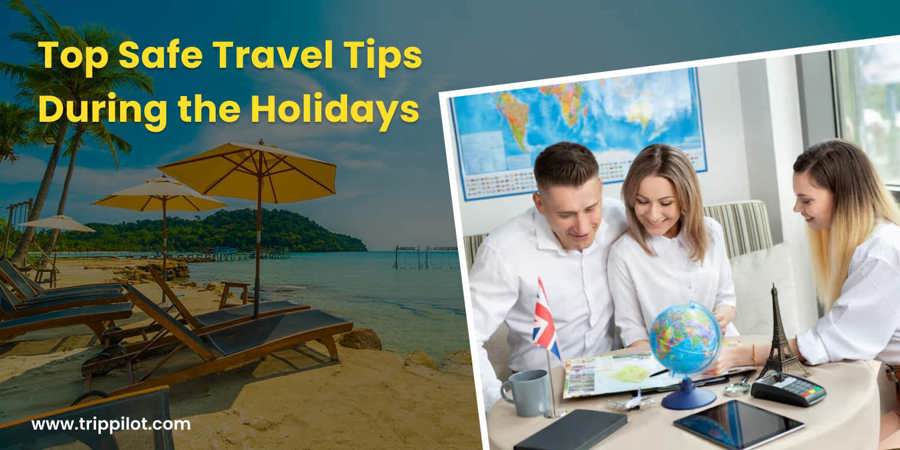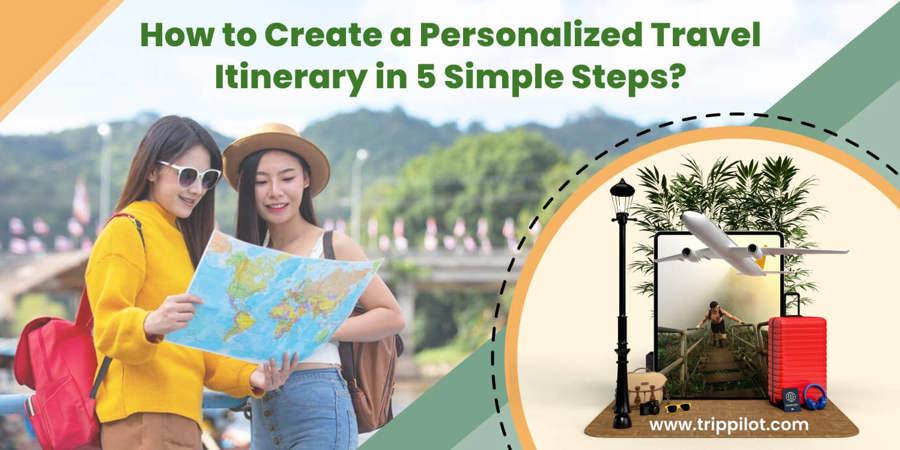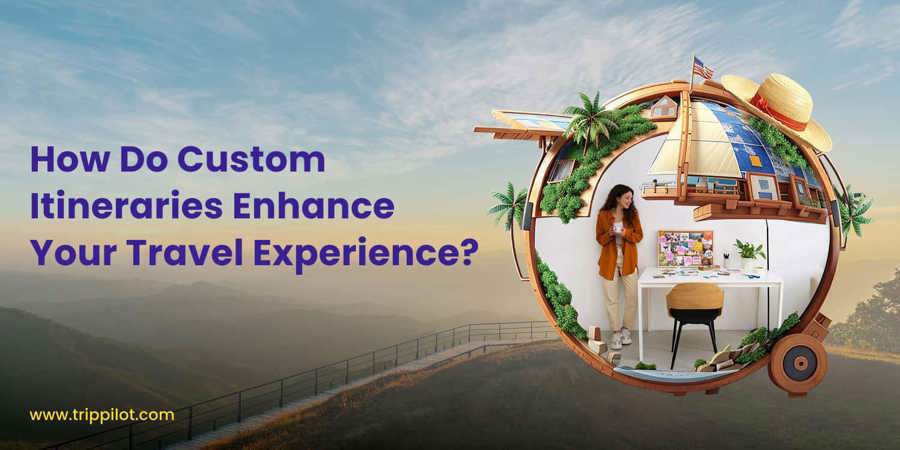Table of Contents
5 Steps to Create a Personalized Travel Itinerary
- Step 1: Define Your Travel Personality and Trip Goals
- Step 2: Choose Destinations That Match Your Vibe
- Step 3: Organize Your Trip with a Realistic Daily Itinerary
- Step 4: Add Unique Personal Touches to Make It Yours
- Step 5: Review, Optimize, and Share Your Itinerary
Gone are the days when travelers settled for pre-packaged tours and generic sightseeing routes. Today, the modern traveler values meaningful experiences, crafted around personal interests, travel pace, and goals.
Whether you're a digital nomad, a family on a reunion trip, or a couple on a romantic getaway, having a custom travel itinerary helps transform your trip from ordinary to unforgettable.
This guide breaks down how to create a travel itinerary online in five easy yet impactful steps.
By the end, you’ll be able to confidently use tools like AI travel planners and manual techniques to build a custom trip that fits your unique style.
5 Steps to Create a Personalized Travel Itinerary
Step 1: Define Your Travel Personality and Trip Goals
The first step in successful custom travel planning is getting to know yourself as a traveler. Think about what excites you most during a trip—do you crave adventure, cultural immersion, wellness, or leisure? Are you someone who likes structured plans or do you prefer to go with the flow? And how do you want to feel when the trip ends—energized, fulfilled, rested, or inspired?
Defining these intentions upfront not only gives you planning purposes but also helps you avoid wasting time on attractions or activities that don’t suit you.
For instance, if you're a nature lover seeking tranquility, planning a city-hopping itinerary packed with nightlife will likely leave you drained. Instead, align your trip with your travel “identity.”
Platforms like TripPilot offer personalized filters and discovery tools that match trip suggestions to your interests and preferences, making this step both fun and foundational.
Step 2: Choose Destinations That Match Your Vibe
Once you understand what kind of trip you want, it’s time to select destinations that align with that vision.
Rather than chasing trends or going where “everyone else” is, prioritize locations that reflect your vibe and travel priorities.
For example, if you love culinary experiences, you might opt for destinations like Tokyo or Lyon.
If sustainability and eco-tourism matter to you, consider places like Costa Rica or Slovenia that focus on responsible travel experiences.
A great example of this was a couple who initially considered Italy but used an AI travel planner to compare quieter, off-the-beaten-path alternatives.
They ended up choosing Croatia for its hidden beaches and small villages, better suited to their vision of a peaceful, romantic escape.
Smart platforms let you compare destinations based on weather, crowd density, budget, and even local events—helping you fine-tune your choice with confidence.
Step 3: Organize Your Trip with a Realistic Daily Itinerary
With your destination in place, the next step is to structure your days effectively. Avoid the temptation to cram too many activities into one day.
Instead, divide your itinerary into balanced segments—morning, afternoon, and evening—and assign activities based on your energy levels and interests.
For example, start your day with a light walking tour, explore a local museum or market in the afternoon, and end with a relaxed dinner or show.
This approach ensures you see the highlights without burning out. Don’t forget to leave open windows in your schedule for spontaneity.
A good rule of thumb: Plan 60% of your day and leave 40% flexible. Tools like Google Maps and Sygic Travel make it easy to visually organize your plans and understand distances, helping you avoid logistical hiccups and overtraveling.
A well-structured plan is the difference between a memorable trip and a stressful one.
Step 4: Add Unique Personal Touches to Make It Yours
What sets a good trip apart from a great one is personalization. Beyond major attractions, find ways to weave in personal touches that reflect your interests and personality.
This might mean booking a local cooking class, arranging a private photography session at sunrise, or reserving time to visit a bookstore or music venue you’ve always dreamed of.
These personal touches don’t just enhance enjoyment—they create stories you’ll carry forever.
One solo traveler in Portugal used an AI travel planner to find a local co-working café meetup, which led to lasting friendships and insider recommendations.
Whether you're tech-savvy or traditional, consider using platforms that allow customization based on your travel history or past preferences.
The more “you” in your itinerary, the more fulfilling the journey.
Step 5: Review, Optimize, and Share Your Itinerary
Once your plan is complete, take a moment to review it from both a practical and emotional perspective. Are the travel times reasonable? Does the itinerary offer a healthy balance between activity and downtime? Are the transitions between destinations smooth and manageable? This is the perfect time to fine-tune the details and make sure nothing essential has been overlooked.
Consider using collaborative planning tools or shared digital documents to coordinate with travel companions. These platforms make it easy to organize reservations, notes, and travel details in one accessible place.
It’s also a good idea to share a copy of your itinerary with someone back home as an added safety measure.
Most importantly, stay flexible. A personalized itinerary should serve as a guide, not a rulebook. Let it evolve with your journey—adapting as you discover new inspirations along the way.
Final Thoughts
Custom travel planning is more than scheduling—it’s storytelling. Every choice, every destination, and every rest stop should be designed around you.
With thoughtful planning, smart tools, and a touch of creativity, you can build a custom trip that reflects who you are and how you love to explore.
Don’t just plan a vacation—craft an experience. Your perfect journey isn’t waiting in a brochure. It starts with you.
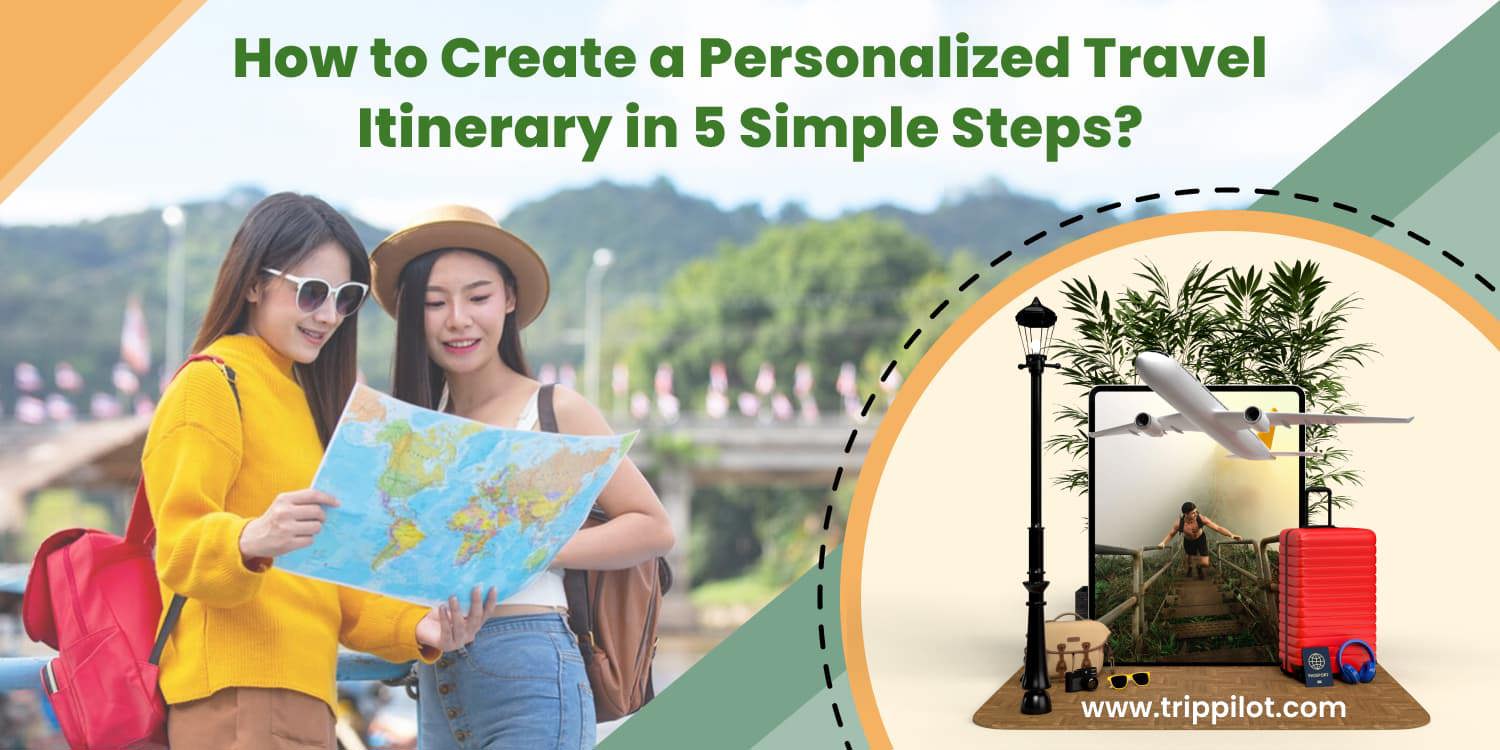

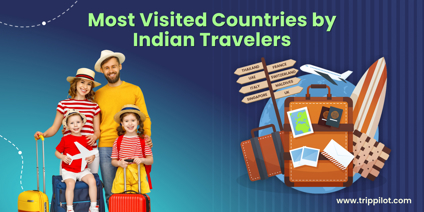
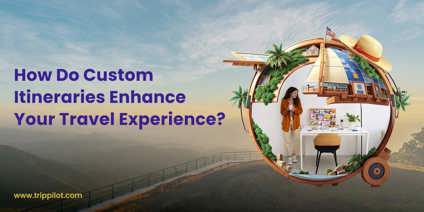
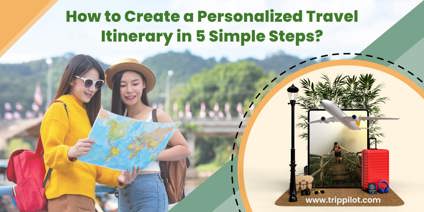


_900x450.png)


